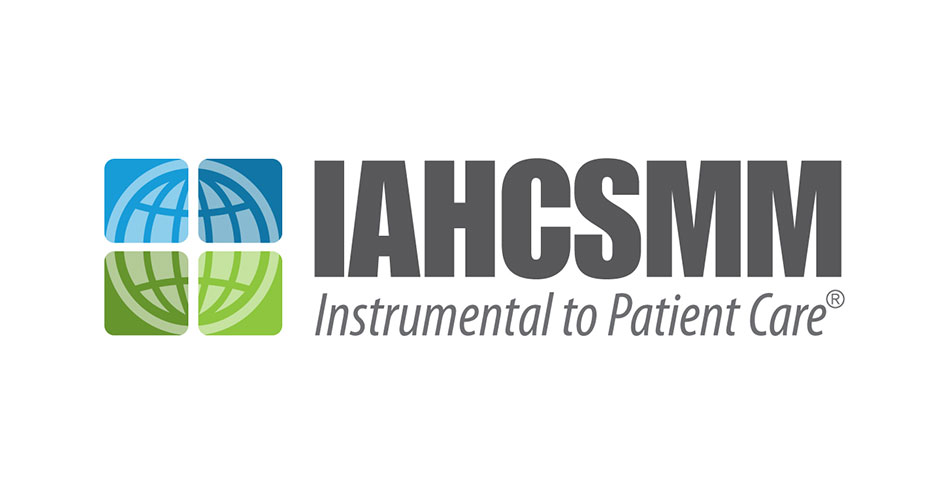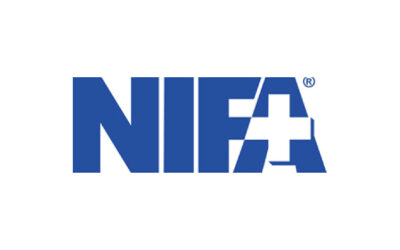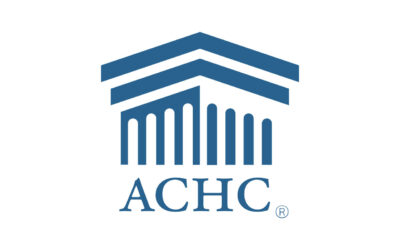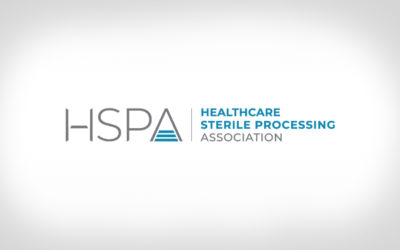
By Julie E. Williamson
The “knowledge is power” adage is one often relayed by virtually every profession and discipline – but as good as it sounds, some experts question its accuracy. Upon closer examination, it becomes clear why they are dubious.
Although knowledge can certainly be powerful and invaluable to our personal and professional lives, the real power behind it is only unleashed when the knowledge gained is based on standards and best practices, and then properly and consistently applied. In other words, the card catalog of knowledge in our brains becomes wasted until that information is effectively drawn upon and put into appropriate practice. Undeniably, this is a valuable lesson for all health care professionals, including those responsible for the increasingly challenging role of instrument processing.
Sterile processing professionals should commit to continuing education and training, and they (and their departments) should also have a plan to apply what they learn. Such commitment is critical to their contribution to customer service quality, patient safety and infection prevention; however, inside the hectic walls of one’s department, it can become easy to lose touch of those primary goals. It seems fair to assume that the vast majority of health care professionals chose their careers out of a sincere desire to positively impact care, and those same professionals likely arrive on the job each day with the intent of doing just that. But when a proverbial wrench gets thrown into the mix, priorities can shift – sometimes, just slightly, but often, the day can spin out of control and lead them to put out fires, as opposed to prevent them. Ringing telephones. Rising tensions. High procedural volume. Requests (and, at times, demands) to rapidly turn over instruments. Staffing and inventory shortages. Challenging instrument design. Each of these can contribute greatly to stressors in the department and up the odds for negative patient outcomes, not the least of which include contaminated instruments and surgical site infections – even if technicians are educated and trained on the correct way of doing things.
Although health care is often challenging and unpredictable, the quest for excellence and the commitment to strengthening one’s knowledge base must never waver. The patients on the receiving end of the instrumentation expect (and deserve) clean, sterile, well-functioning devices, and they trust that the professionals responsible for providing those devices are not only knowledgeable about how to manage each task but are also skilled in its proper application.
Surely, continuing education and its practical application lie at the heart of effective prioritization and positive outcomes. IAHCSMM understands the challenges impacting sterile processing (SP) professionals and strives to help them reach their education goals through knowledge advancement and professional growth opportunities – whether through conferences, chapter meetings, lesson plans, textbooks, certifications, e-learning, webinars and more. From there, it’s up to each learner to effectively apply the knowledge attained.
What follows are some tried and true tips for making the most of new-found knowledge and ensuring the department is well versed on any changes.
- Take good notes during the education/training and then promptly summarize the key takeaway points. This will make it easier to identify areas that may need a closer look or process change within the department. Strong note taking also helps learners retain the information being taught and can keep the knowledge at the forefront of their mind. Note taking is good practice whether one attends a large conference or local chapter meeting, participates in a webinar or podcast or even a seemingly simple inservice, or reads an article pertaining to the profession.
- Share any newly gained information with SP leadership and explain why you believe it’s essential to share it with the entire team and put it into practice. Again, detailed notes will be critical because they can highlight standards/regulation/best practice updates or other resources that can then be further explored and/or compared to the department’s current practices.
- SP leaders should encourage department-wide continuing education and information sharing. Also, every employee (regardless of title or experience level) should feel comfortable asking questions, questioning certain aspects of policies or practices if the “why” behind the practice is unclear or potentially inaccurate, and sharing how the new knowledge attained can benefit the department, its customers and patients.
- Be aware that some information attained may not be rooted in standards, instructions for use, guidelines or best practice. Social media, for example, can be a great way to network and learn; however, it’s essential that references and data points are carefully explored before putting the information read or heard into practice. Remember: just because someone says something in a public forum does not automatically make it fact.
- Follow education with more education and training. If the knowledge gained is supported by standards and best practices and the SP leader determines a new or better practice needs to be adopted, they should have a strategy to ensure all team members have the information they need to effectively put the information into practice. Leaders should explain why the knowledge is important, how it can affect the department and its health care customers, and how the department will apply it. If, for example, an SPD wasn’t using a borescope for instrument inspection but will now make its use a requirement, the team members need to not only be taught why borescopes and detailed inspections are so crucial, but they should also receive hands-on training to ensure they know how to use the borescope properly (and are also trained on what to look for during those inspections).
- Commit to follow-ups to check competency. Following education and training, the SP leader should ensure every employee understands what was taught and ask for a return demonstration. From there, it will be helpful to conduct random spot checks to verify that employees are still applying the new knowledge effectively and consistently.
Conclusion
Continuing education and hands-on training are crucial for departmental success and employee professionalism – and putting new knowledge into proper practice is even more essential. No professional is too old, skilled or experienced to learn new things and apply it for the department’s greater good. It’s that ongoing commitment to knowledge growth and advancement that gives SP professionals the confidence they need to do their jobs safely and effectively, even when challenges arise and pressure mounts.
Julie E. Williamson is IAHCSMM’s director of communications and senior editor.










